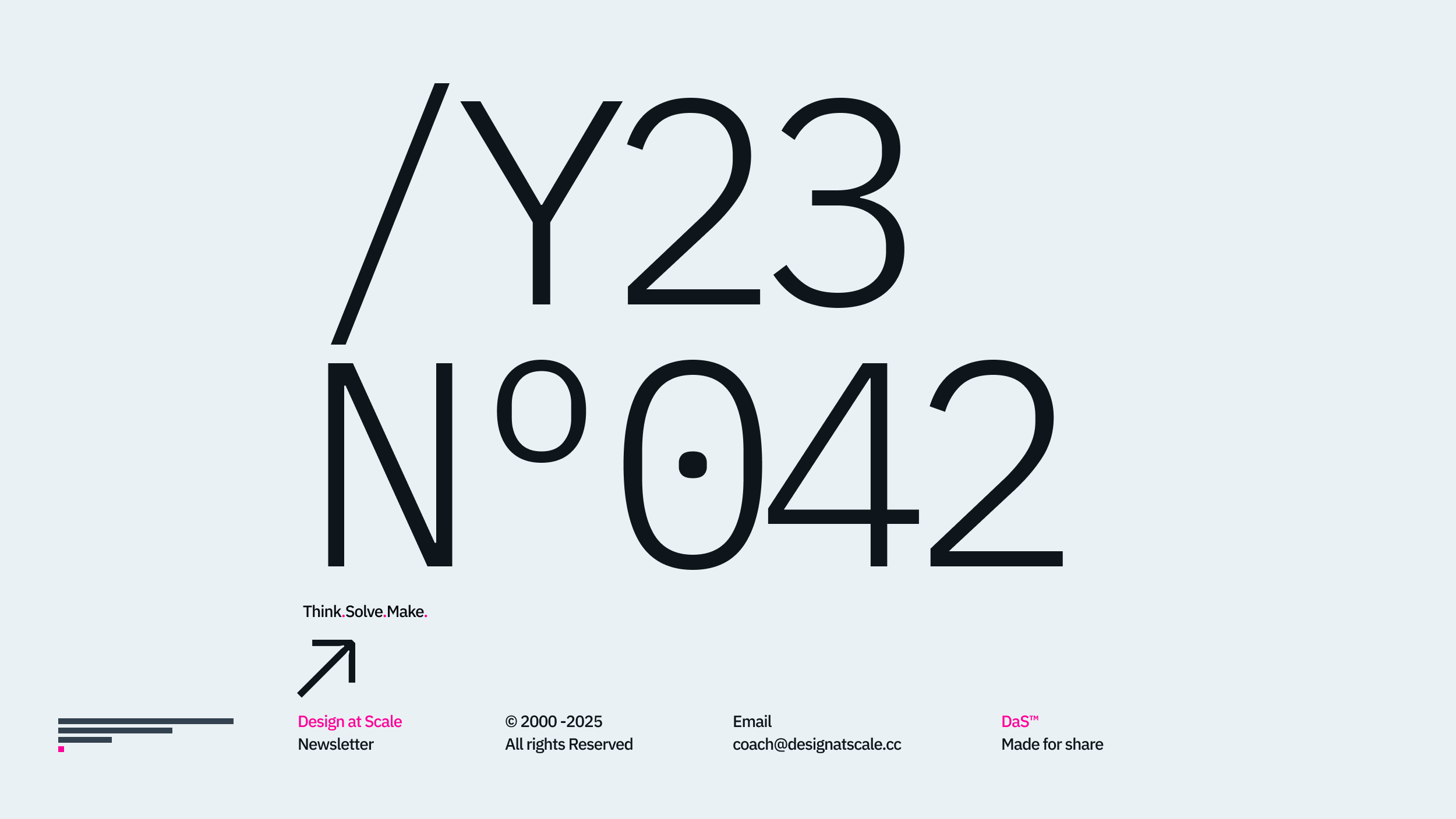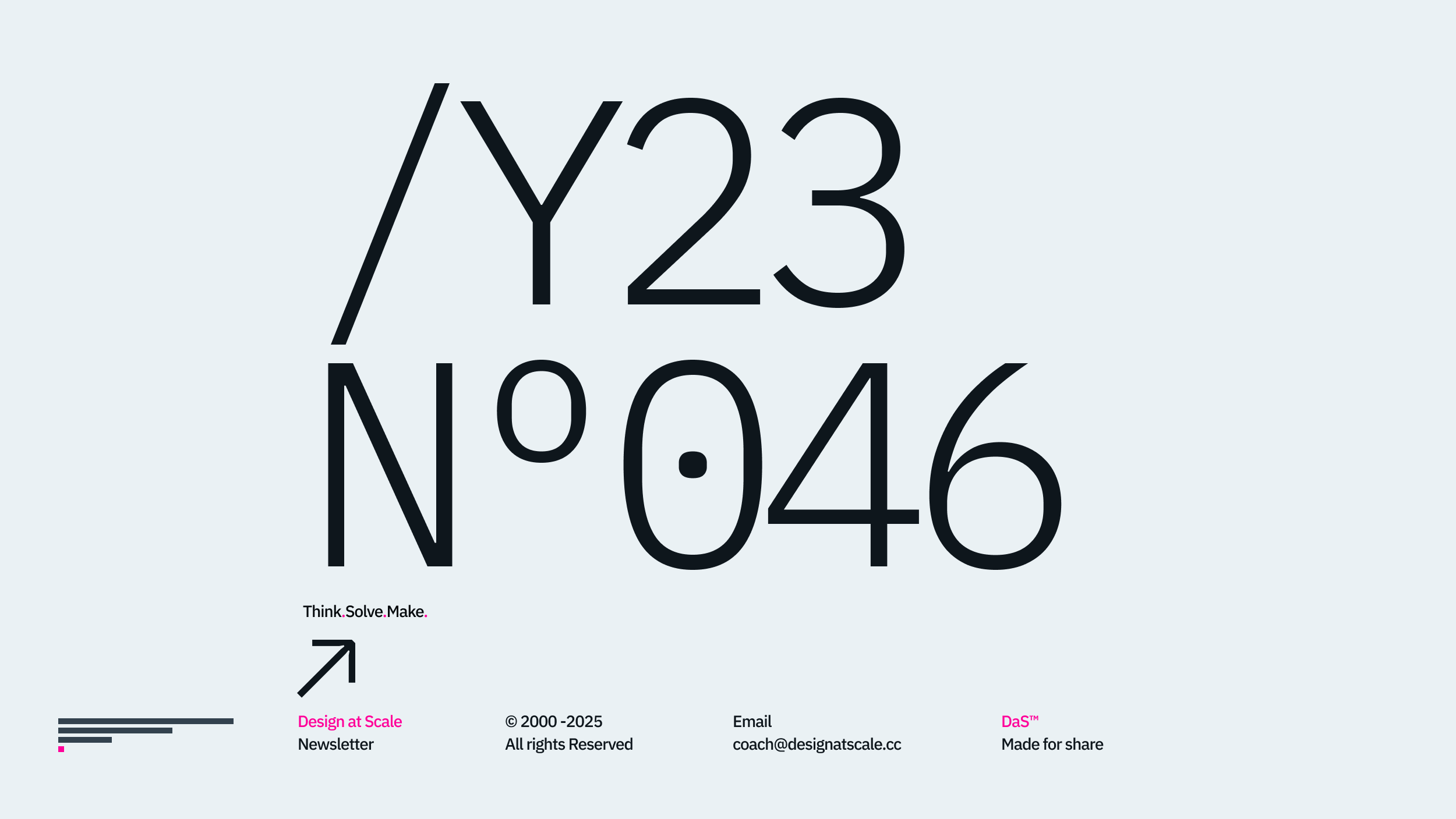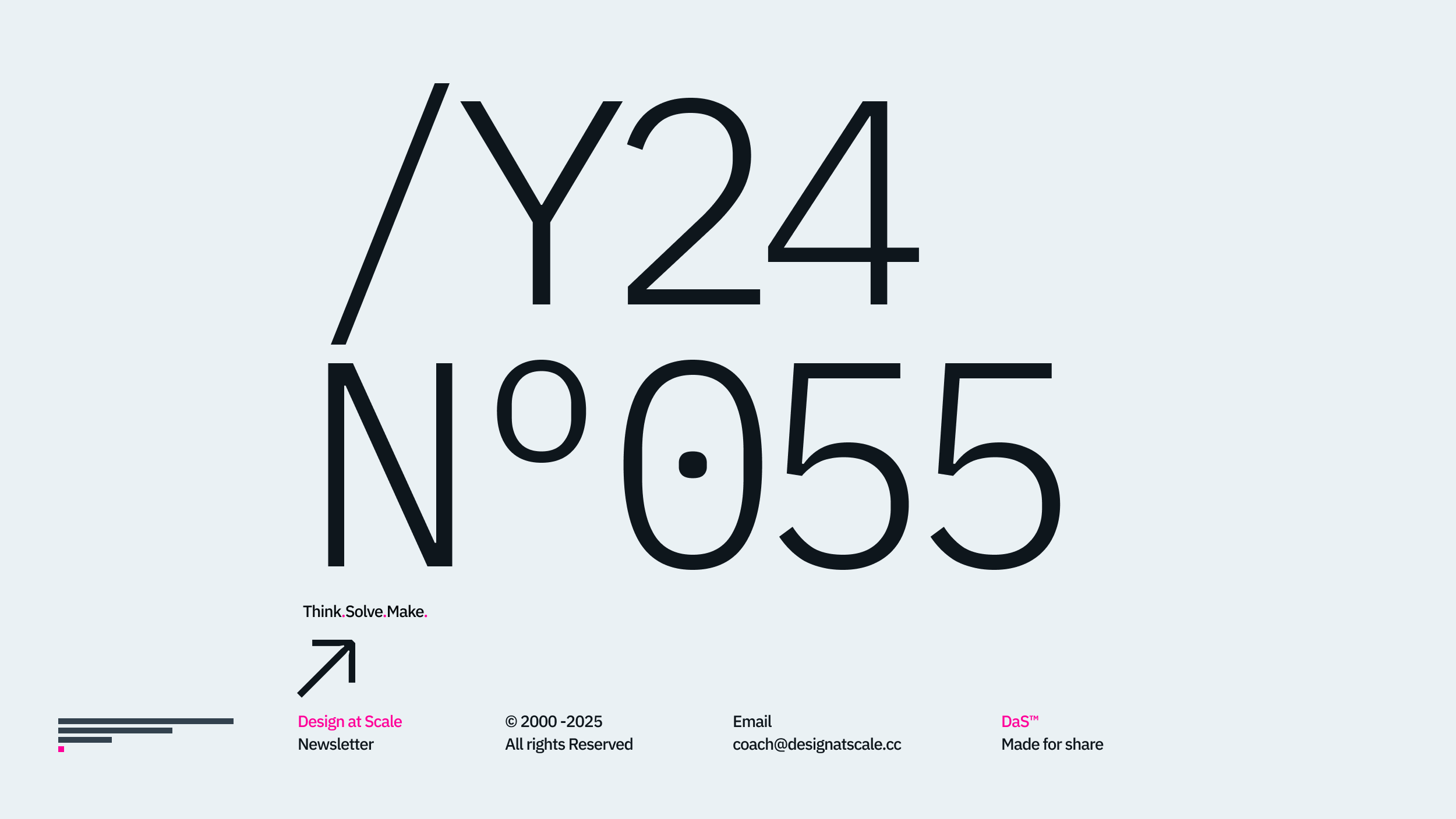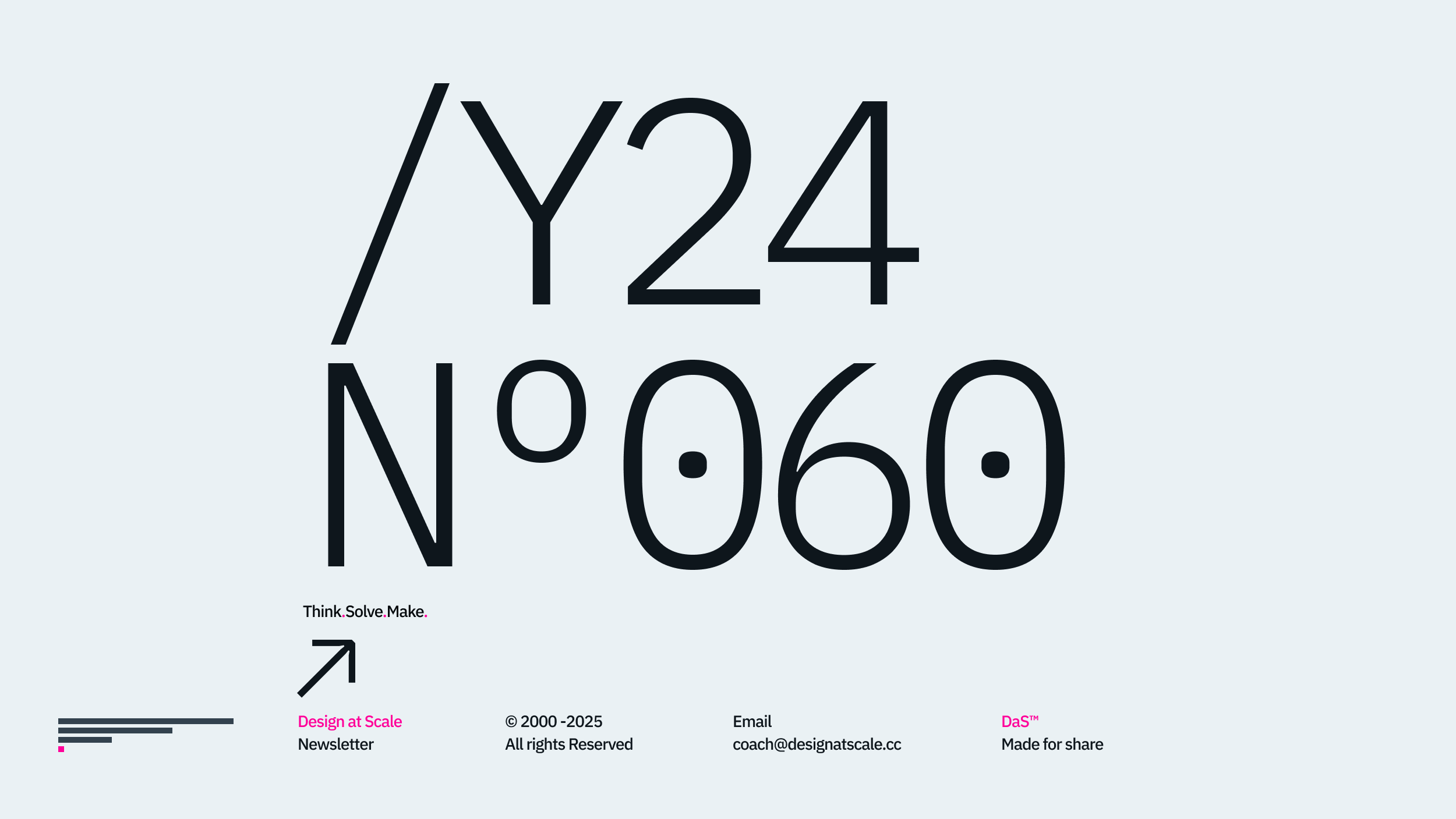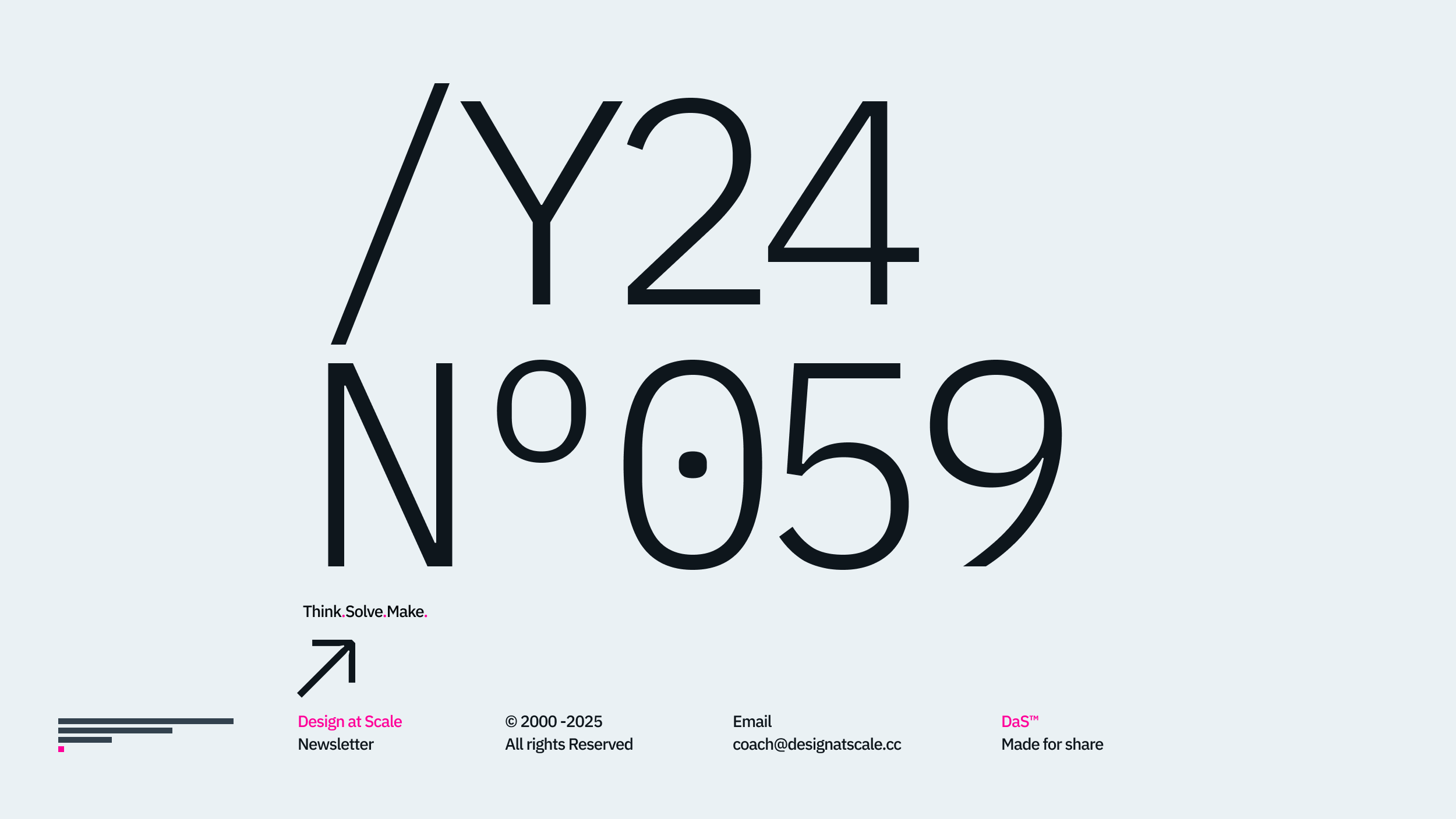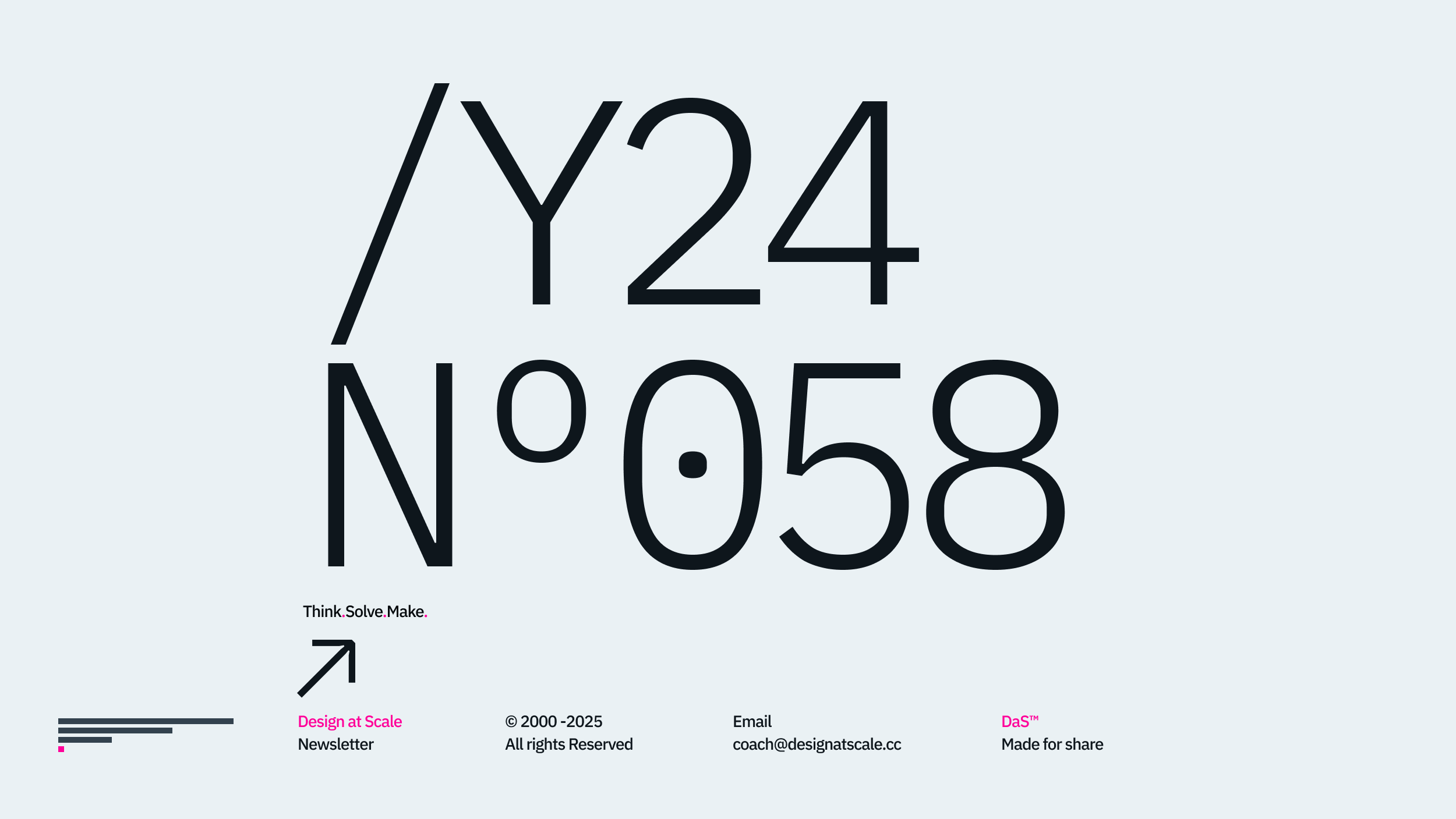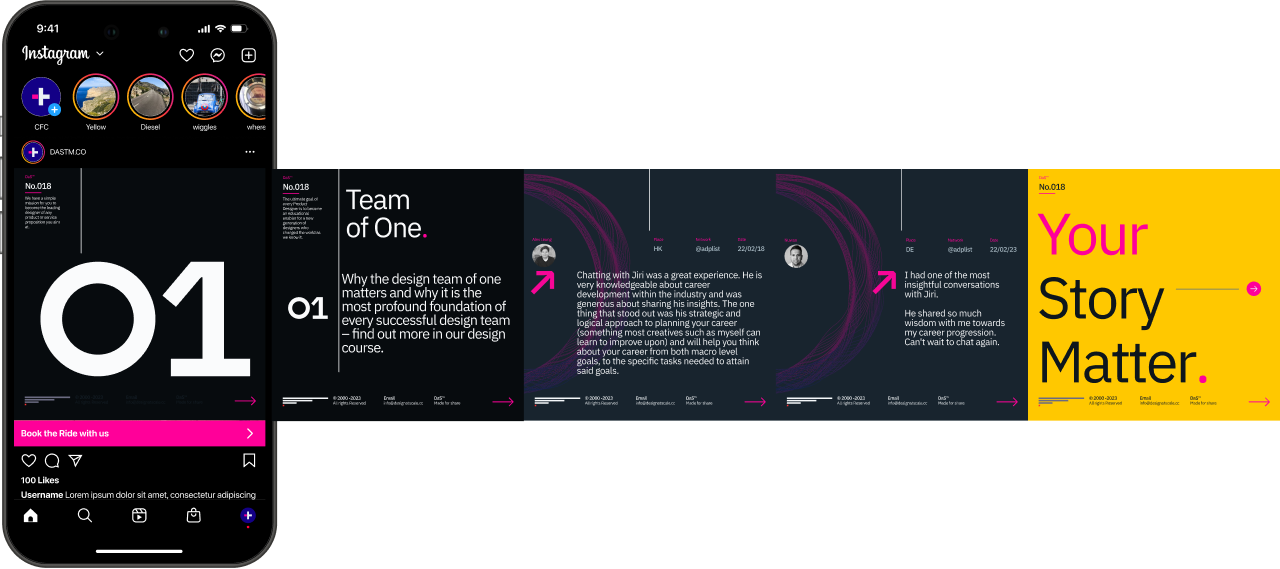Welcome back to our Design at Scale™—Academy series, focusing on design practice in a team of one hundred. This article delves into the dynamics of agile organisations, exploring how design knowledge permeates the entire ecosystem. Company culture plays a critical role in this process. An organisation's culture shapes decision-making, adversity response, and its success in the market. Often, we see contrasting paradigms: reactive versus proactive cultures. Before delving deeper into these contrasting styles, let's clearly understand the company culture and its impact on the final design delivery.

Company Culture definition
“Company culture is defined by a work environment's shared values, attitudes, behaviours, and standards. It is about people's work experience and how that experience aligns with the company's external brand and messaging. Culture is what creates the day-to-day experience at a company. And when an organisation has a good company culture, employees are engaged, committed, and excited to come to work. And that stretches from brand new employees up to the leadership team.”
While corporate websites offer generic definitions of company culture, the reality lies in day-to-day practices. Does decision-making require excessive meetings? Does the process involve prototyping and real-world customer testing? Or are design teams burdened with resource approval hurdles, delaying even minor releases like a simple button update?
Humour aside, specific environments can feel restrictive, particularly within financial regulatory, healthcare, or governmental sectors. Regardless of the context, effectively performing your assigned tasks is crucial to ensure others can benefit from your work.
However, if months of your design efforts become buried under an avalanche of meetings yielding minimal progress, it's worthwhile to reassess your environment. Ask yourself: "What environment am I in, and how can I best operate to achieve results?"
Four types of company culture
Have you ever felt your workplace environment is a constant puzzle you're trying to solve? Company culture, a complex web of values, beliefs, and behaviours, significantly impacts employee experience and overall success. While there's no one-size-fits-all approach, understanding the different company cultures can help you navigate your workplace and contribute more effectively. To provide a framework for this exploration, we'll delve into the four cornerstone types of company culture defined by business professors Robert E. Quinn and Kim Cameron:
- Adhocracy Culture: Often referred to as the "create culture," this environment thrives on high levels of innovation and rapid movement.
- Clan Culture: This is a highly collaborative company culture where teamwork is paramount.
- Hierarchy Culture: True to its name, this culture emphasises structure and adheres to established roles and processes.
- Market Culture: This is a goal-oriented and results-driven environment with a strong emphasis on achievement and meeting objectives.

Reactive Environments
Fear often drives reactive environments. Teams wait for a triggering event – a "catalyst" – that necessitates a response. This response might involve fixing a problem or reacting competitively with a "better than theirs" solution. However, the limited time for crafting a response significantly increases the risk of mistakes. The pressure to deliver quickly can be immense, leading to situations where employees resort to extreme measures like sleeping in the office to meet unrealistic deadlines.
This reliance on fear-based motivation can be detrimental. Employees under constant pressure to deliver under tight deadlines live in fear of losing their jobs. Such organisations often resort to "firefighter" hires – temporary solutions to immediate problems. This approach leaves little room for knowledge sharing, learning, and documentation. The focus becomes solely on extinguishing the immediate fire, neglecting the importance of building and protecting the organisation's intellectual property.

Proactive Environment
In stark contrast, proactive teams prioritise careful planning and open discussions, sometimes even healthy debates, to determine the best course of action for delivering a successful proposition. These teams foster a growth mindset, encouraged by a tribal leadership style that empowers all team members—designers, researchers, content creators, and technologists—to act in the customer's best interests. This collaborative approach leads to impactful solutions that benefit the business and its customers.
While deadlines, deliverables, and expectations remain, proactive teams approach them differently. They view these elements as guidelines enabling value creation, company prosperity, and positive customer impact. Proactive teams go beyond simply delivering a solution. They take the extra step to ensure it meets all regulatory requirements, is well-documented, and effectively communicates across the organisation. This keeps everyone informed about new developments and releases and their impact on the business.

Growth
This distinction between reactive and proactive cultures fosters a critical advantage: growth embedded within the company's core and distributed equally across all teams. Teams inherently understand that collaboration is a vital strength for the entire organisation. Therefore, they actively promote transparency among themselves. This high level of alignment, coupled with a well-defined engagement strategy between teams, empowers all members to access the information they need to excel in their daily tasks. This, in turn, enables them to deliver high-quality outputs to colleagues, ultimately generating the desired outcomes for the organisation.
Furthermore, a growth mindset fosters a collaborative environment where blame games and repetitive errors are minimised. Daily setbacks are viewed as learning opportunities, allowing the business to adapt its approach for future success. Teams are empowered to experiment and understand that a chosen solution for a specific proposition might not always yield the desired results.

Impact
The impact of proactive teams on a business far outweighs that of reactive teams. Proactive teams cultivate a culture of opportunity, while reactive teams become mired in negativity and tension.
If you are on a reactive team, focus on making your deliverables transparent to stakeholders. This eliminates ambiguity about your contributions to the overall mission. When communication channels are cluttered and lack a central source of truth (such as a knowledge base), and communication primarily relies on informal platforms like Slack, take the initiative to ensure updates are clear and concise. Consider adopting a RAG (Red, Amber, Green) status reporting system to communicate project health:
- Red: Project in critical condition
- Amber: The project requires attention and course correction
- Green: Project on track for on-time delivery

Happy scaling through design!
Hey, I’m Jiri Mocicka.
London-based Design Director, Trusted Advisor and Author of Design at Scale™. The method that empowers individuals to shape the future organisation through design.
If you have a question, join our Community and reach out to like-minded individuals who scale design propositions. An online Academy can help you to find your feed in teams of 01, 10, and 100, supported by Grid Magazine and Supply section, where we weekly bring more insights on how to become a design leader in your organisation





